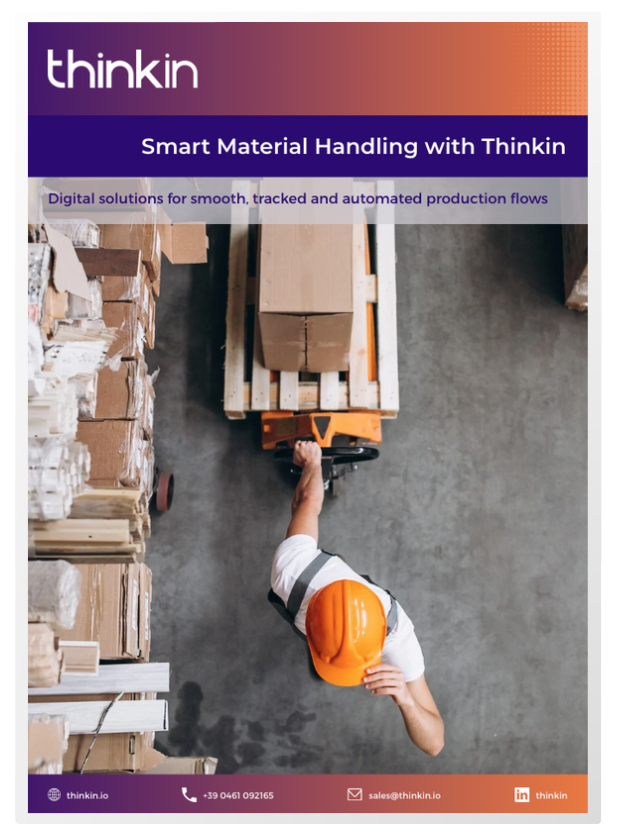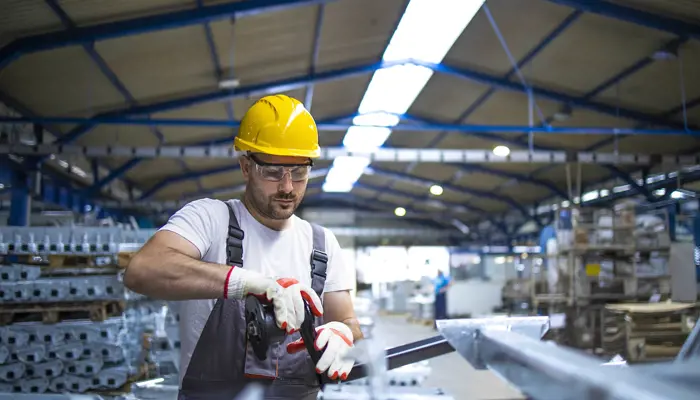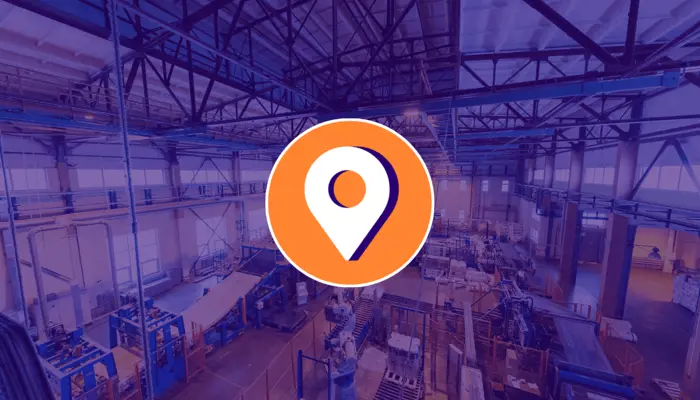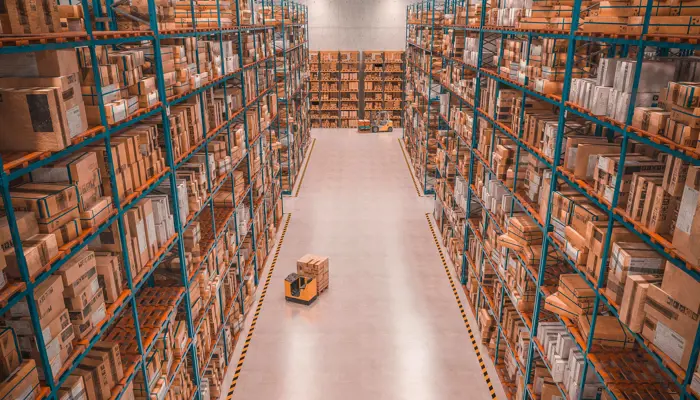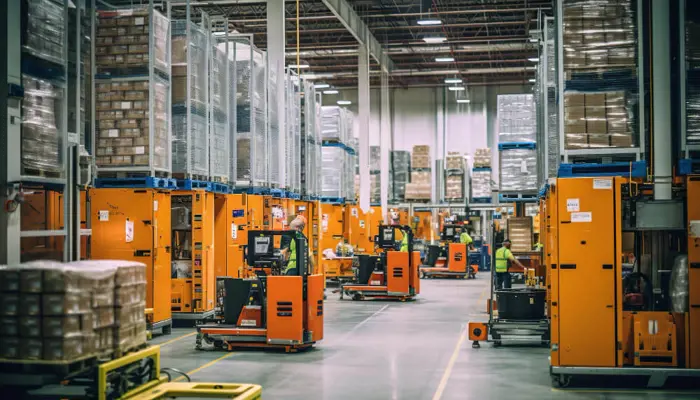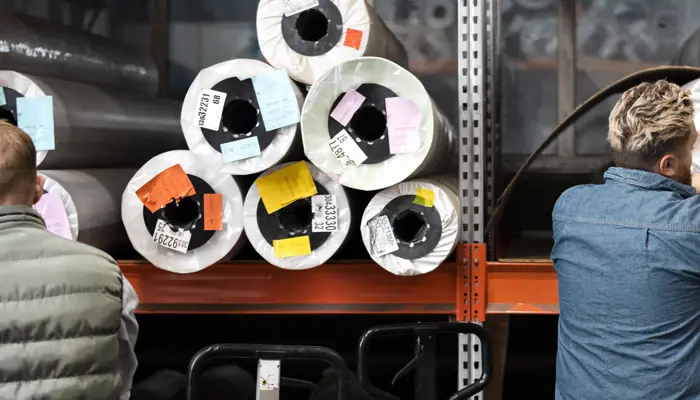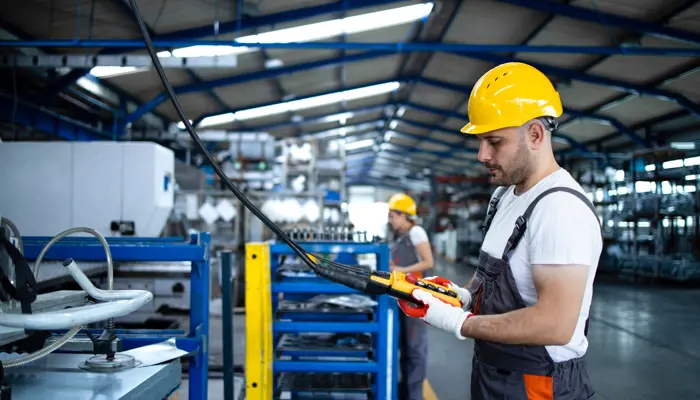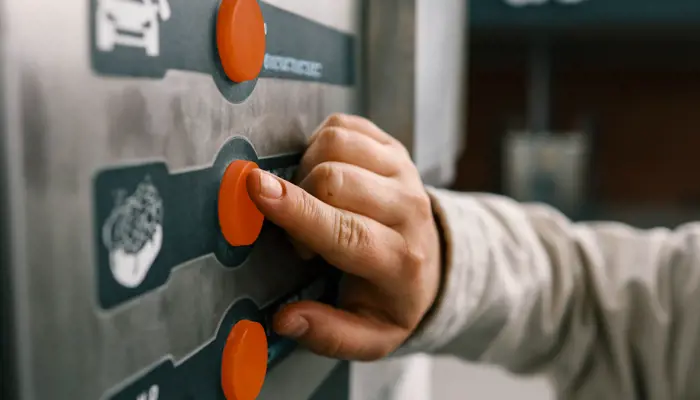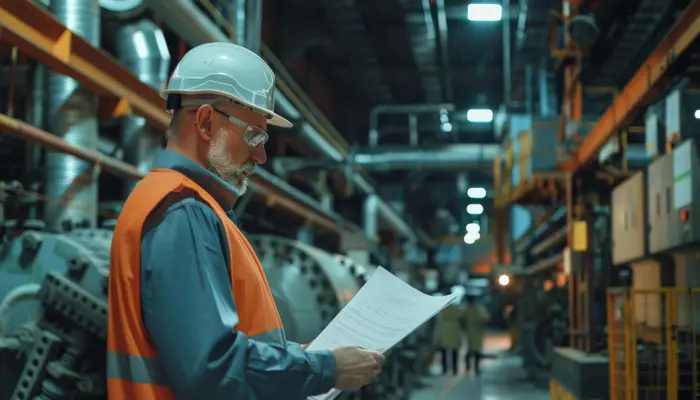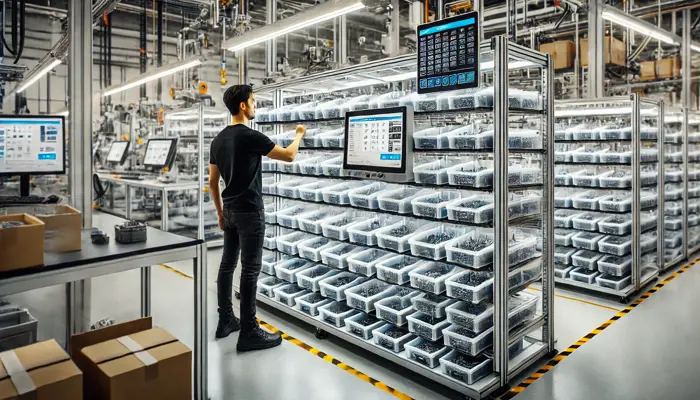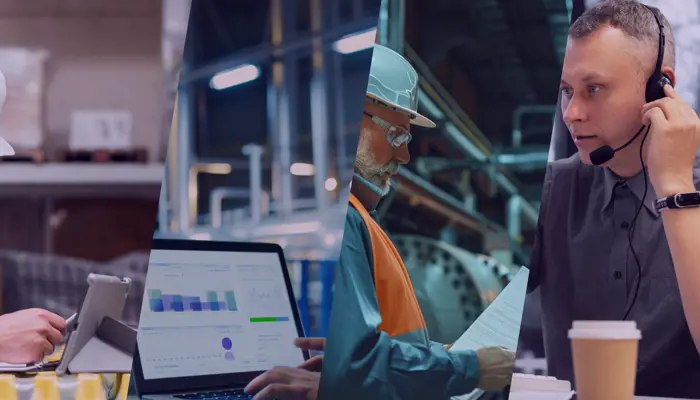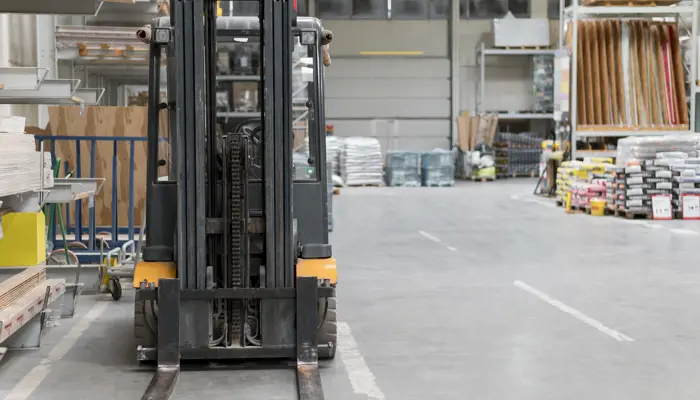
Mission Control: The logistic brain of the smart factory
Internal Material Handling: An Often Underestimated Aspect
In many factories, internal logistics is taken for granted. Materials arrive “more or less” where they’re needed, forklifts move with little precision, and priorities are managed through phone calls or voice messages.
Until everything comes to a halt.
That’s when you realize that this “more or less” has turned into a fixed, invisible, and unmanageable cost.
- Coordinating forklifts and material handling is no longer a problem—it's an opportunity.
- Discover how Mission Control optimizes flows, reduces downtime, and boosts productivity.
- A concrete example? With Thinkin, Fomas achieved full traceability and automated management of logistics missions.
According to a McKinsey study, up to 40% of total lead time is taken up by transport and material waiting activities.
This isn't just about efficiency: every delay slows down production, every empty forklift run adds cost, and every late delivery creates dissatisfaction—and stress—for the shop floor staff.
Yet, in many companies, the management of these activities still relies on operator experience or unstructured communication: phone calls, paper notes, voice messages.
The problems of non-digitalized and uncoordinated internal logistics can be summed up as:
-
Forklifts traveling empty or taking inefficient routes
-
Delays in line-side replenishment and WIP movement
-
Priorities managed through non-integrated systems or phone calls
-
Lack of visibility and difficulty in tracking and analyzing logistics performance
The Invisible Impact of Poor Coordination
Imagine this scenario.
Production is ready to start a new job, but the materials are still in the warehouse. The operator sends a request to the warehouse. Meanwhile, the warehouse worker is handling another order and assigns the task to a forklift located on the opposite side of the plant.
Minutes—or even hours—later, the materials arrive, but the line has already lost valuable time.
Meanwhile, another forklift could have taken the job, but no one tracked that it had just become available—resulting in an unnecessary empty trip.
Now multiply this scenario by dozens of requests each day.
The result is a flow that appears to be moving… but without any real optimization.
A significant waste of resources, and often a growing sense of frustration due to delays and missed targets.

The Mission Control Solution: the smart system that assigns, coordinates, and tracks
We developed Mission Control with a clear goal: to take internal logistics out of the realm of word-of-mouth and bring it into an intelligent platform.
The system collects all assistance requests (from the MES, an Andon button, an e-Kanban system...) and assigns them to the right vehicle, based on:
-
Request urgency
-
Distance from the pickup point
-
Operational status of the vehicle
-
Type of load required
Every operator receives clear instructions. Every vehicle has a route. Every task is tracked.
It’s like having a digital dispatcher working 24/7—without fatigue, and without forgetting anything.
Yes, it’s software.
But it changes the way you think about internal logistics.
Digitalizing internal handling isn’t just about putting data into a system.
It’s about shifting from reaction to planning.
It’s about moving away from gut-feeling decisions and starting to manage priorities, loads, and flows objectively.
And yes, it also means reducing operator stress.
Tangible benefits include:
-
Faster response times through optimal task assignment
-
Elimination of empty trips thanks to structured and optimized planning of each mission
-
Reduced stress for operators, with a transparent, digital system that provides clear progress tracking and predictable timing
-
Cost optimization by doing more with fewer vehicles in motion
The Fomas Case: From Reactivity to Strategy
A concrete example?
The Fomas Group, a leading manufacturer of forged components for high-demand sectors such as energy and oil & gas, tackled this challenge on a real-world scale.
The company handled large volumes of materials daily, moving between the plant, warehouses, and subcontractors.
The main difficulty? Coordinating vehicles efficiently, with full visibility over the entire flow.
With the introduction of Thinkin—and specifically its intelligent task assignment system—Fomas was able to:
-
Digitalize internal and external logistics
-
Monitor vehicle activity in real time
-
Reduce delays in material deliveries
-
Automatically manage operational priorities
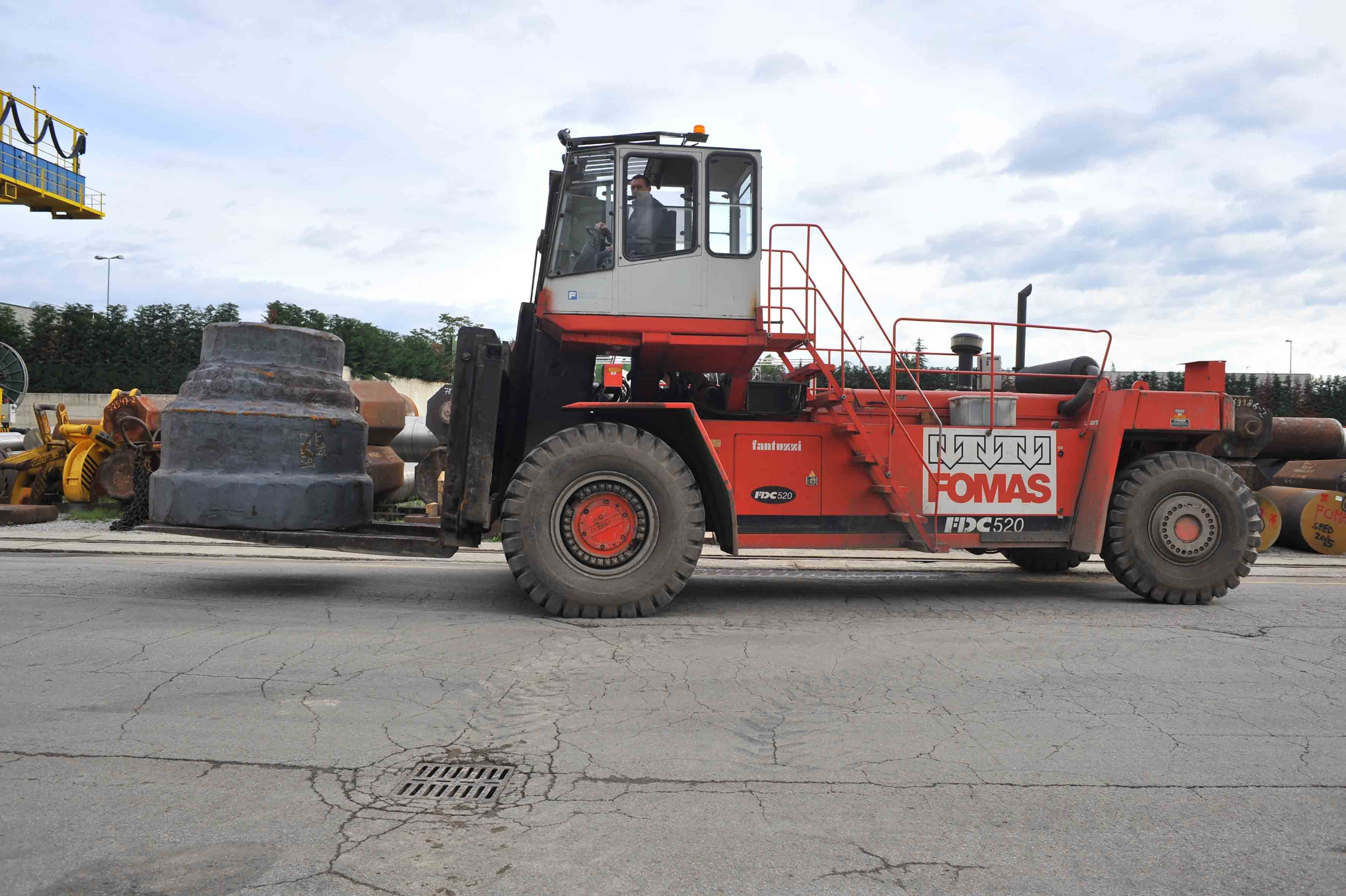
In Conclusion: Every Flow Needs Direction
We often think of digitalization as just a matter of data and automation. But in the factory, it’s also (and above all) about fluidity.
Mission Control brings that fluidity—turning every request into a coordinated action, every movement into traceable data, and every route into an opportunity for improvement.
If Material Handling is the nervous system of your factory, Mission Control is its operational brain.
Want to find out if you're ready to take the leap?
Take the free quiz to assess your Material Handling digitalization level
or
Download the brochure with our solutions.
